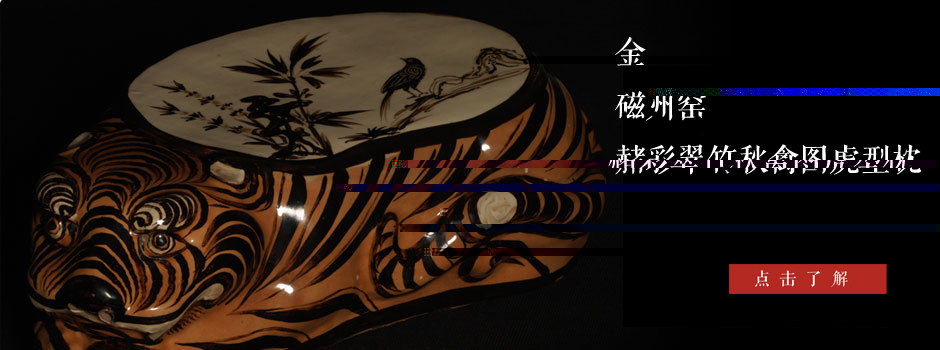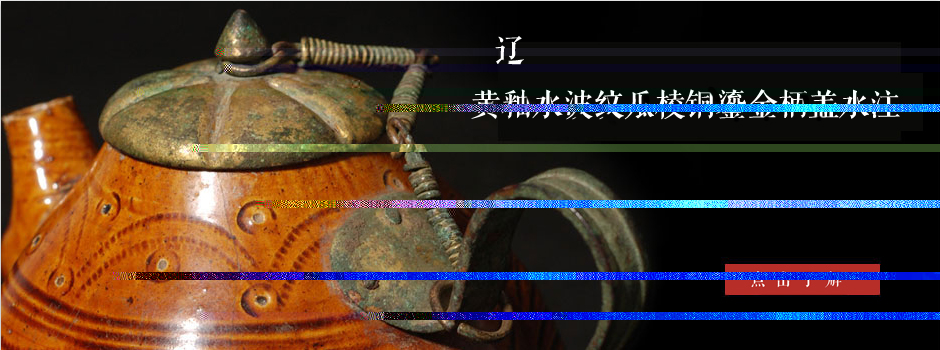- >> Company Profile
- >> President's Speech
- >> Brand Service
- >> Mission & Goals
- >> Value System
- >> Brand Construction
- >> Philosophy and Mode
Address: Room 614-616,China World Office 1, No.1 Jian Guo Men Wai Avenue, Beijing, P.R.C.
Tel:+86-10-65051177
Fax:+86-10-65058988
E-mail:soongs@zbkenuo.com
Home >> Show Items
Baoxiang Flower Carving Blue Fold Tripod Tray of the Tang Tricolor D:24cm
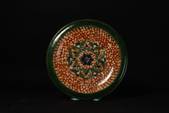 |
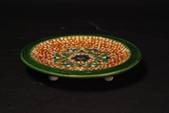 |
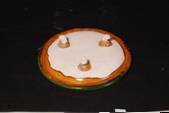 |
Tang tricolor is not only an outstanding achievement in Tang ceramics production, but also a treasure in the ancient arts of our country. Its shape is diversified and can be divided into three categories, including animals, wares and people. Traditionally, people think that the Tang tricolor has friable texture, low waterproof capacity and is not suitable for application in daily life. Its emergence is closely related to the rise of burial. It was produced from Tang Emperor Gao Zong, the period of Tang Emperor Xuanzong, while Kaiyuan and Tianbao (713-756) was the prime time to produce Tang tricolor. At that time, it not only had large output, but also boasted the highest quality. In recent years, for many times, urban archaeological literature has confirmed that Tang tricolor is not specially made for funeral of the dead; on the contrary, Tang tricolor is used as practical wares. From the texture, Tang tricolored wares are not unchangeable. Tang tricolor with different shapes and from different places has different texture density, so Tang tricolor can not all be seen as wares.
The tray is shaped of a shallow mouth and flat bottom supported by the short tripod that is cast away. Such shapes share the same features as those of the tripod gold silver tray in the same period. There are such silver trays (Picture 1) in Shosoin of Japan. Its shape is twisted, unique, and unobjectionable euphemistical. Another one is golden flower lion tripod tray (Picture 2). Its shape is similar to the tray, which was unearthed in Dongyuan Ruins, the Daming Palace of Tang Dynasty. From these, it can be seen that such a high level of the tripod gold silver ware were used as living appliances for nobles of the Tang Dynasty. Data on more vivid image can be found in a picture of a beauty (Picture 3), hung on the northern side of the east wall of the chamber before the tomb of the Tang Zhaoling Fangling Princess. In the picture, a beauty in red shirt holds a tripod tray, while the shallow tray is filled with two-color fruits. You can also see the use of the tripod trays in the Tang tomb murals feast picture of Nanliwang Village in Chang’an County. In the middle of the food platform are a series of fruits and wine cups. The trays used are such tripod ones. Therefore, it is speculated that the prevalence of the tripod trays in a period popular with Chinese short furniture. After the late Tang Dynasty, with the prevalence of vertical furniture, such tripod trays then exit from the main stage of history.
Lead is used as the fluxing agent for glaze in Tang tricolor. The liquidity of lead is used to form gorgeous and brilliant color effects in the process of firing. There are three main colors, namely, green (copper oxide), sienna (ferric oxide) and blue (powder blue). After the product is shaped, the cone tools shall be first used to carve a six-petal wishful decorative pattern in the tray center. Such patterns can be seen on the gold silver ware over the same period. The grooves are fine and powerful, mellow and full, which is like coiled iron lines. After being baked in high temperature of 1000-1100 degrees for the first time, glazes the sienna in the tray and the mouth edge, fill the green color at the carved lines of pattern, space it in blue, apply the color carefully, and spot the fine and dense white round dots outside the pattern. It is like the pearl falling down to the ground, draw the green glazed rim at the tray rim, only the rim of the tray bottom has flow glaze, and the transition of mold glaze is very natural.
The central pattern of this ware is decorated with bright green color, while the tray center is tanned. The warm and cold colors are distinctive, matching with each other harmoniously and full of rhythm. It reminds us the description by the poet of the Tang Dynasty Bai Zhuyi Pipaxing, which goes as “the disordered action of playing the instrument is just like the small and large balls falling into the jade tray”, too beautiful and incomparable.
The most intriguing place for Tang tricolor lies in its free color arrangement and changeable combination of color systems. This ware is not the only example. The similar one can be seen from the collection of Roses Hall (Picture 4-Picture 9). The tripod tray of this series is similar in shape and carving pattern of tray center. The slight difference is the glaze matching technique, which generates changeable artistic effects.
The tripod tray of the same pattern, decoration and ware shape can only be seen in Qingshan Temple Ruins, Lintong, Shanxi according to the archeological practice. It aged at Kaiyuan 29th (741), which can be used to investigate the exact time for this ware. Therefore, we can say that the prime Tang Dynasty had experienced a spectacular sight and lingering charm. This is true and can be proved by taking a look at the Tang tricolor of this type.
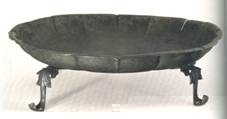
Picture 1 Collected by the Inner Hall of Japan Palace, Treasure of Shosoin tripod silver tray D: 42.0cm
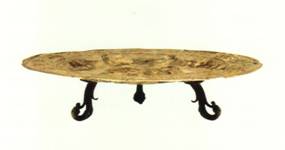
Picture 2 Six-curve Tripod Tray with Golden Flower Lion Pattern unearthed in the Dongyuan Relics of Daming Palace of the Tang Dynasty in Xi’an Caliber 40.0cm
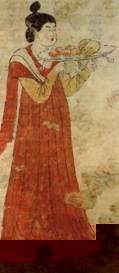
Picture 3 Wall Painting (Copy) of Fangling Princess Tomb of Zhaoling of the Tang Dynasty Refer to Collection of Paintings of Tang Tombs of China Published by Lingnan Publishing House 1995 Picture 5-3 Collected by Roses Hall D 23.3cm
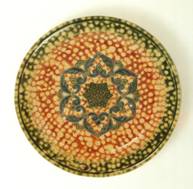
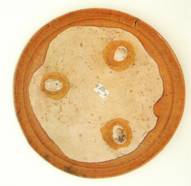
Picture 4 Regina Krahl ‘Chinese Ceramics from the Meiyintang Collection’,Volume Three(I),p250. Collected by Roses Hall D 31.0cm
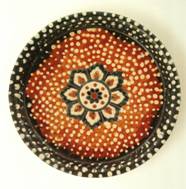
Picture 5 Regina Krahl ‘Chinese Ceramics from the Meiyintang Collection’,Volume Three(I),p252. Collected by Roses Hall D 24.5cm
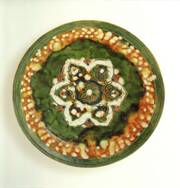
Picture 6 Regina Krahl ‘Chinese Ceramics from the Meiyintang Collection’,Volume Three(I),p249.Collected by Roses Hall D 24.0cm


Picture 7 Regina Krahl ‘Chinese Ceramics from the Meiyintang Collection’,Volume Three(I),p246.Collected by Roses Hall D 24.1cm
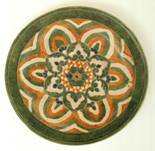
Picture 8 Regina Krahl ‘Chinese Ceramics from the Meiyintang Collection’,Volume Three(I),p248.Collected by Roses Hall D 24.7cm
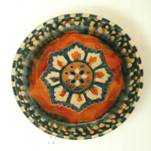
Picture 9 Regina Krahl ‘Chinese Ceramics from the Meiyintang Collection’,Volume Three(I),p258. Collected by Roses Hall D 25.2cm
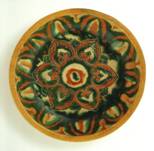
Regina Krahl ‘Chinese Ceramics from the Meiyintang Collection’,Volume Three(I),p259.
